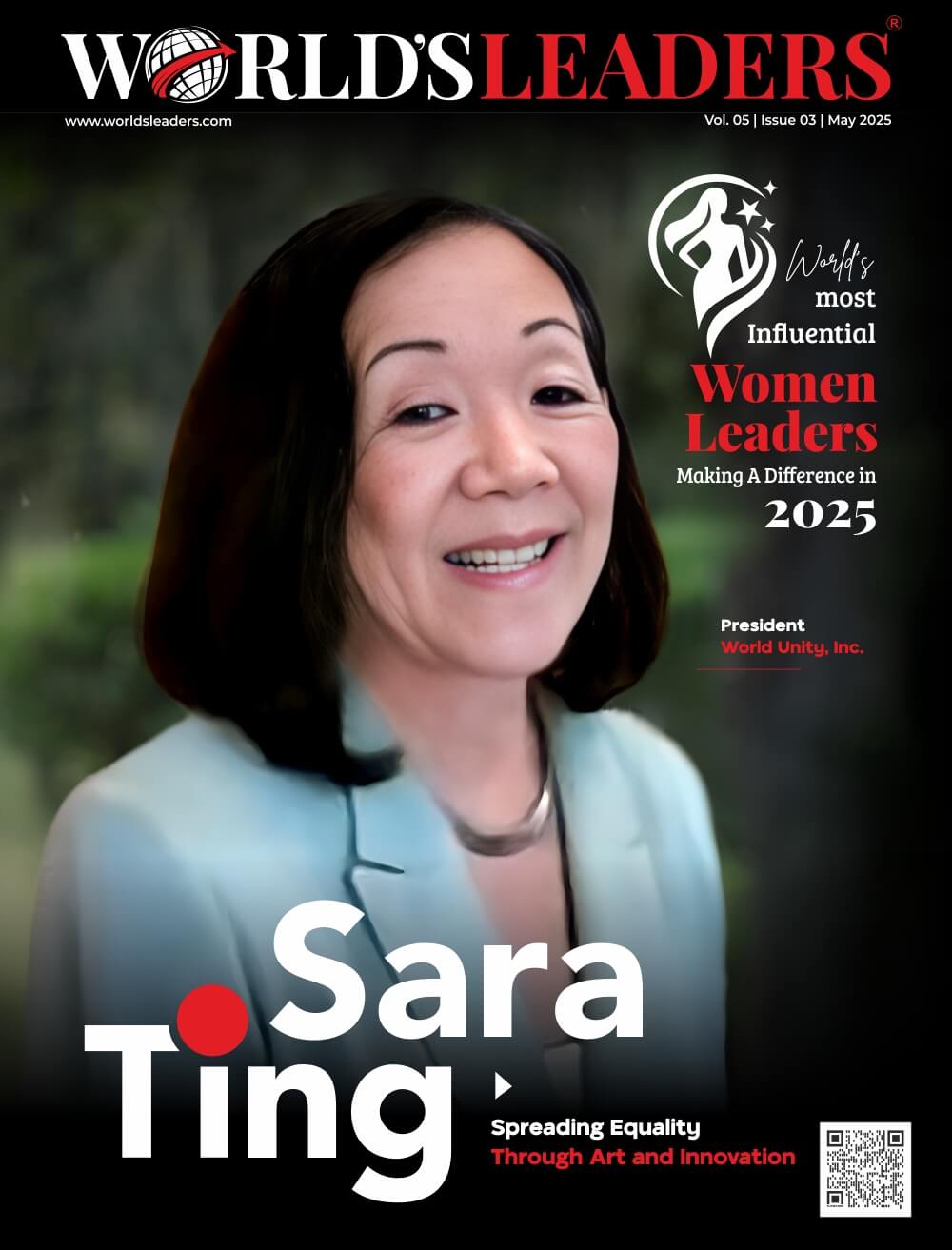Kunal is an award-winning AI product leader who has led green-field AI product development while acting as an in-house entrepreneur over the years. He currently leads IBM’s Embeddable AI mission to make top-notch AI research accessible to enterprises.
Kunal pioneered the Embed AI journey by bringing Watson Libraries for NLP & Speech from research to market. Kunal is also responsible for massively scaling its adoption by reimagining the way AI is embedded from a high-touch to a no-touch ‘Self-Serve’ experience. Kunal further leads growth for Embeddable AI by strategizing open-source dissemination, defining the architecture for new libraries, and growing the ecosystem’s competency to embed AI. Kunal brought his background in ML algorithms to create a DIY shelf of hundreds of data science use cases that shrinks timelines and automates deployment to any platform for partners.
Below are highlights of the interview conducted between World’s Leaders and Kunal Sawarkar:
Describe who you are as a person, inside and outside of the workplace.
I am a hiker, rock climber, and novice pilot flying to learn. When not doing that, I do data science. But at my heart I am a rock climber, always looking for new challenges to scale be it in mountains or in machine learning. Rock climbing is a sport not focused on getting to the top of the summit but rather on which path you take to get there. There always exists an easier path. Harder the path, more the fun! It’s the hard things that are worthy of our passion. And I bring the same attitude of who I am outside of work to inside my workplace. Solving unsolved problems in machine learning that make an impact on society by converting them into products drives me.
AI is all about innovation and the first thing needed to drive innovation is being bold and zeal for exploring the unknown. Being a trailblazer inside helps drive new paths outside
Describe your background and what did you do before this role in the company.
Unlike many who work in the Tech sector, I do not have a degree in Computer Science or IT. I did my undergrad in Electronics Engineering specializing in my favorite area of chip design. Since there were hardly any chip makers in India, I took up my first job in java programming, which I immediately resented. I had no idea what I wanted to do in my career but I only knew I won’t enjoy being a java programmer. It was a bold & extremely risky move as a fresher to walk to your first manager in your first company and say no to a project; just a few weeks into the job. And yes, it did ruffle some feathers and as a test, I was put on in an emerging field called “Advanced Analytics” to build a decision system for the Military. It includes analyzing the massive amount of data to guide army units in conflict. This was a turning point. I thoroughly enjoyed modeling data & designing analytics solutions with data science algorithms (which have an uncanny similarity to circuit designs). And soon, I decided to switch from IT consulting to working in product development labs; and been there since.
This experience eventually led me to re-discover what I absolutely loved as a high school kid, which is statistics, and took me back to school to get an advanced degree from Harvard University.
Tell us about the inception of your product journey. How did it all start?
Over the years, I have focused on being an in-house entrepreneur by taking on new product ideas which push the envelope in the AI marketplace. I began as a technical architect for data science capabilities in Cognos and then in SPSS (the original AI toolmaker); leading the development of first of its kind Decision Mgmt. product that combines predictive modeling with business rules to provide optimized decisions to end users that can be consumed in the portal. It was a pre-cloud era so little ahead of its time for the industry when it comes to building the models via the web interface. It however taught me how to be innovative with a product-market fit.
My last job was to bootstrap & lead the AI mission in ADP to make HR products simpler. My most recent product is “Watson Libraries” for embedding AI into partner products.
What has made you successful? What do you value?
It’s hard to describe oneself as successful when AI is a team sport. I consider myself lucky that I got the chance to work with people who are smarter & better than me every step of the way.
Above all, I value interpersonal relationships. I remember watching one documentary as a college kid with Warren Buffet that left a lifelong impact on me. In it, he described how to make decisions about how to buy companies. I was expecting the answer to be on the lines of rigorous financial scrutiny & some special due diligence. Instead what he said was something very interesting. He said that the most important thing that makes him decide if he should do business is if he feels he can trust the next person (CEO or president of the company). All due diligence on one side and trust on another side. I try to value the same thing in whosoever I work with. I want to be seen as a person whom my team, my colleagues, and my leaders can trust.
Which are the major services of the company and how do they the company to get ahead in the competition? What value-added services does the company provide?
I currently lead the Embeddable AI mission for our partner ecosystem. As part of Build Lab, we co-create with other tech companies to build products that embed AI capabilities into their software products.
AI is an adversarial game with new algorithms coming every day that keeps making what was state-of-the-art last quarter obsolete. In such a scenario for companies who want AI capability in their products but whose main business is not AI or have millions in R&D we come as a friend.
Watson Libraries are purpose designed with an open-source form factor, which provides the algorithms in their raw form that can be embedded with a lighter footprint & portable on any Kubernetes platform.
What are the most important aspects of a company’s culture? What principles do you believe in and how do you build this culture?
The team culture I espouse is “Move Fast & Make Things” with relentless innovation. Building team culture often means leading from the front until the team gets acclimatized to it and makes them believe in themselves & that massive success is possible. Once that hurdle is crossed, a thousand flowers bloom all over as every team member is now driven
What is the significance of innovative ideas in the company?
For AI, innovation is the oil that keeps the engine running. Without innovation, no AI product can survive even a quarter, forget a year.
I personally love leading innovation by filing patents focused on solving unknown problems in machine learning. I have close to 20 patents & papers so far spanning various areas of machine learning; however, the core part of my job is not so much what I personally can innovate but how much I inspire my team to innovate.
Give us your opinion on; do organizations rely heavily on individual heroics or team processes.
It is often the virtuous cycle of two, individual heroics that are highly contagious in setting up the right culture for the team. Individuals who are highly driven & are highflyers become an example for others to emulate and end up creating a better team process.
What is the happiest part of your daily routine?
I love statistics as I found statistics to be a metaphor (or foundation) for the cosmos where a symphony of chance & certainly is what defines everything that happens in the universe ..including our personal life.
The happiest part of my daily routine is listening to problems that have no known solutions. The innovation that benefits society like using Machine Learning to measure plastic pollution in the world ocean or clean images that are used to measure air pollution was deeply satisfying. That keeps me coming back the next day to the job. What is the new challenge that I will use AI for?
I often end up my day by going to a rock-climbing gym and obsessing over finding that solution
What advice would you give someone going into a leadership position for the first time?
The true test of leadership is in pushing the envelope and then combining bold ideas with flawless execution to build great products by capitalizing on the trust & passion of your team. No customer or client ever cared how great or original an idea is but rather what end product enriches their lives.





